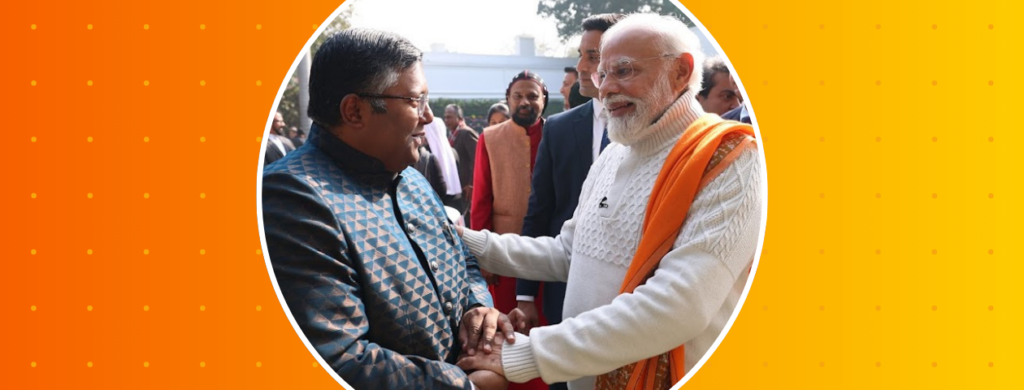
Indian students continue to pursue higher education abroad, in spite of a rich and diverse academic sector in India. In fact, India overtook China as the top source for international students in the US and the UK in 2023. But for the students that stay, and the Indian government, what is the higher education landscape in India?
Dr Ashwin Fernandes, QS Executive Director for Africa, Middle East & South Asia, discusses the sector, and why international universities should consider India for their international expansion.
Indian higher education at a glance
Let us start off with a bird’s eye view of higher education in India.
- India accounts for 25% of the world’s student population.
- The National Education Policy (NEP) 2020 aims to increase the Gross Enrolment Ratio (GER) to 50% by 2035, a 40% increase over the current ratio.
- The government’s national reform agenda is student-centric, that seeks to continue the momentum through the NEP via establishing a framework for international universities to set up and operate in Indian campuses.
- Since India gained independence in 1947, the country’s higher education landscape has grown exponentially, with over 1,000 universities and 40,000 colleges operating today.
The NEP 2020 clearly states that a high-quality higher education must enable personal achievement and enlightenment, constructive public engagement, and productive societal contribution.
Private universities in India have proliferated, and IIMs (Indian Institute of Management), one of India’s flagship institutes for management studies, also feature in the government’s plan. Currently, 21 IIMs operate in India, and the government plans to increase that number to meet the need for business management education.
The College Density, – the number of colleges per 100,000 of eligible population – went up to 32 in 2022, from 27 in 2014-15. The states with the highest college density are Karnataka (62), Telangana (53), Kerala (50), Himachal Pradesh (50), Andhra Pradesh (49), Uttarakhand (40), Rajasthan (40), Tamil Nadu (40). This is in addition to the foundational streams of Arts, Commerce, and Science, Engineering and Technology also having high enrolment ratios.
With the focus on education, and a revamped NEP, the landscape of higher education in India is gearing up to cater to this growing demand. Ever since Independence, India has kept its youth firmly in its sight. New universities are being set up. India’s focus on STEM education has also been one of the great levers of the world, carrying forward the legacy of its rich past.
Enrolment trends of Indian students in foreign universities
Indian students pursue education in foreign universities for various reasons. The top considerations for Indian students who choose to study abroad are exposure to diverse cultures, wide range of academic programmes to choose from, and post-graduation career opportunities. However, it’s not always an easy process. Visa regulations, high financial costs, and housing issues are three key concerns for Indian students, and the admissions process can seem like a labyrinthine maze of paperwork.
Why international universities need India in their expansion plan
In my book, India’s Knowledge Supremacy – The New Dawn, I detail why India is regaining its status as a knowledge superpower. Let me enumerate a few reasons why in today’s article and explore why choosing India as a strategic partner for global expansion could be a game changer for world-renowned international universities.
India has long had a reputation for being a research-centric country. Some of the top minds of the world emerge from the top tech and science institutions in India, to lead research into humanity’s most important questions around tech advancement, cures for diseases, and conquering new frontiers in space exploration and beyond.
India’s success as a global player has two things going for it right now: the leadership of the current government that has made education one of its top priorities, and the fact that we can do everything the world is doing at a fraction of the cost, as evidenced by our Chandrayaan mission, which like PM Narendra Modi said, cost a fraction of what it takes to produce a Hollywood movie.
Considering these factors, and India’s culture in three crucial aspects – cost-effectiveness, frugal innovation, and knowledge supremacy – India is the logical destination for international universities to expand into.



